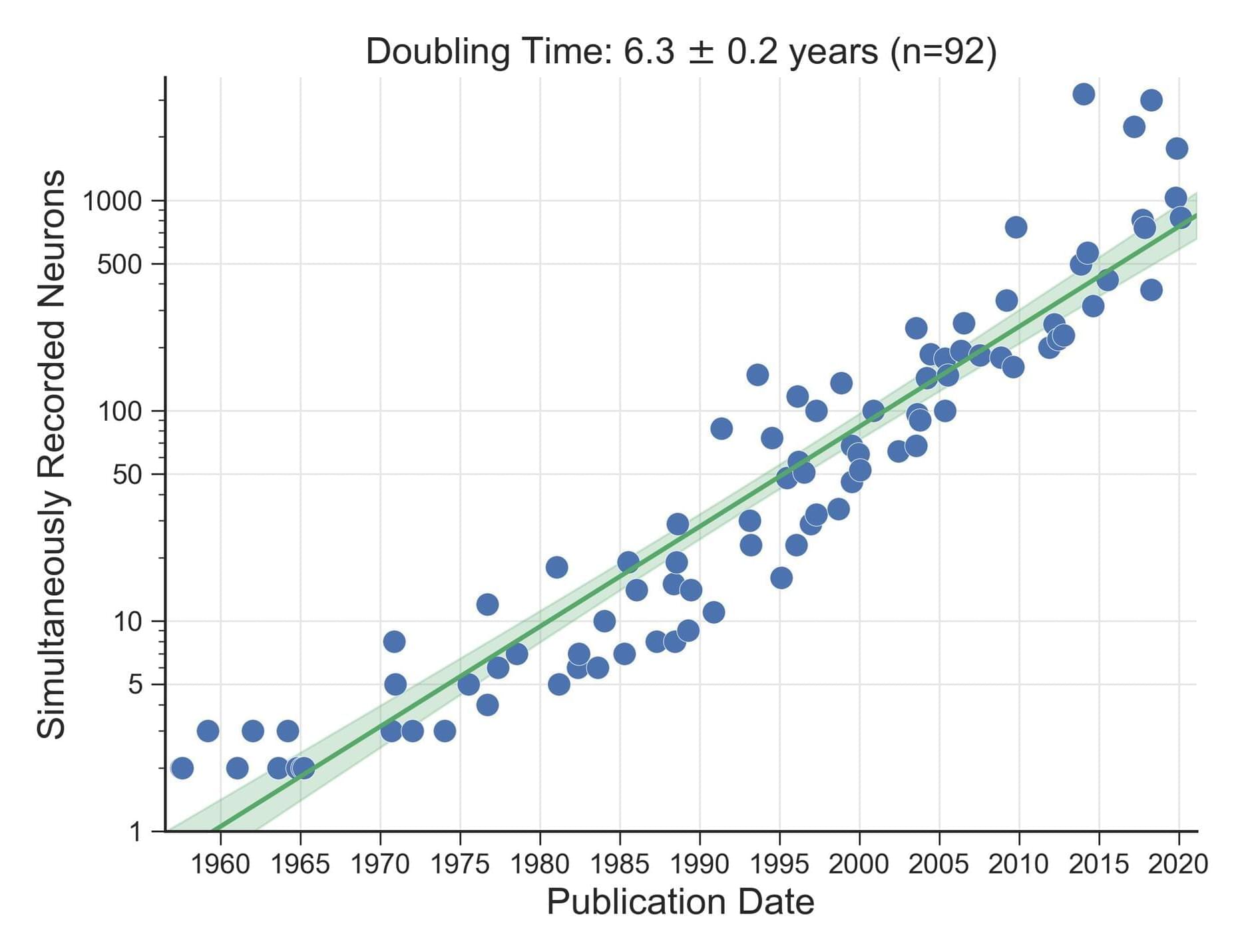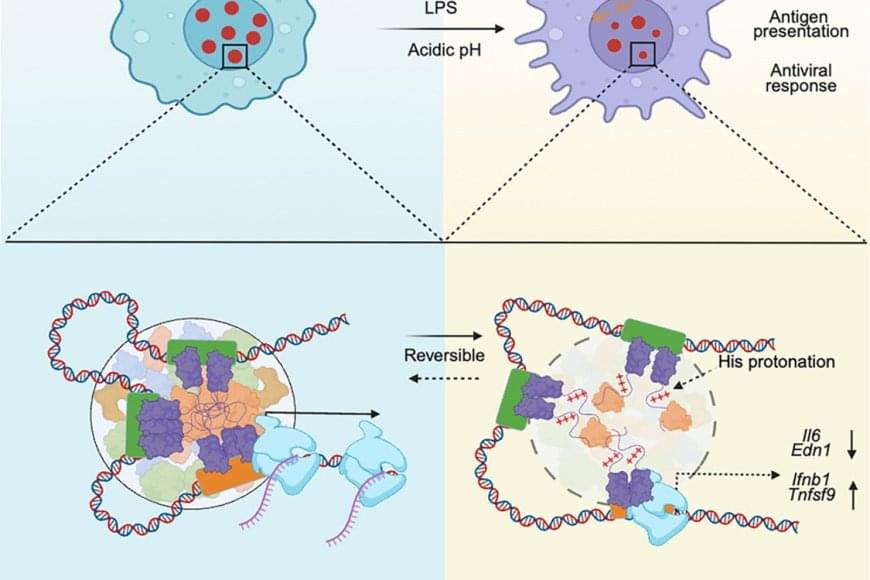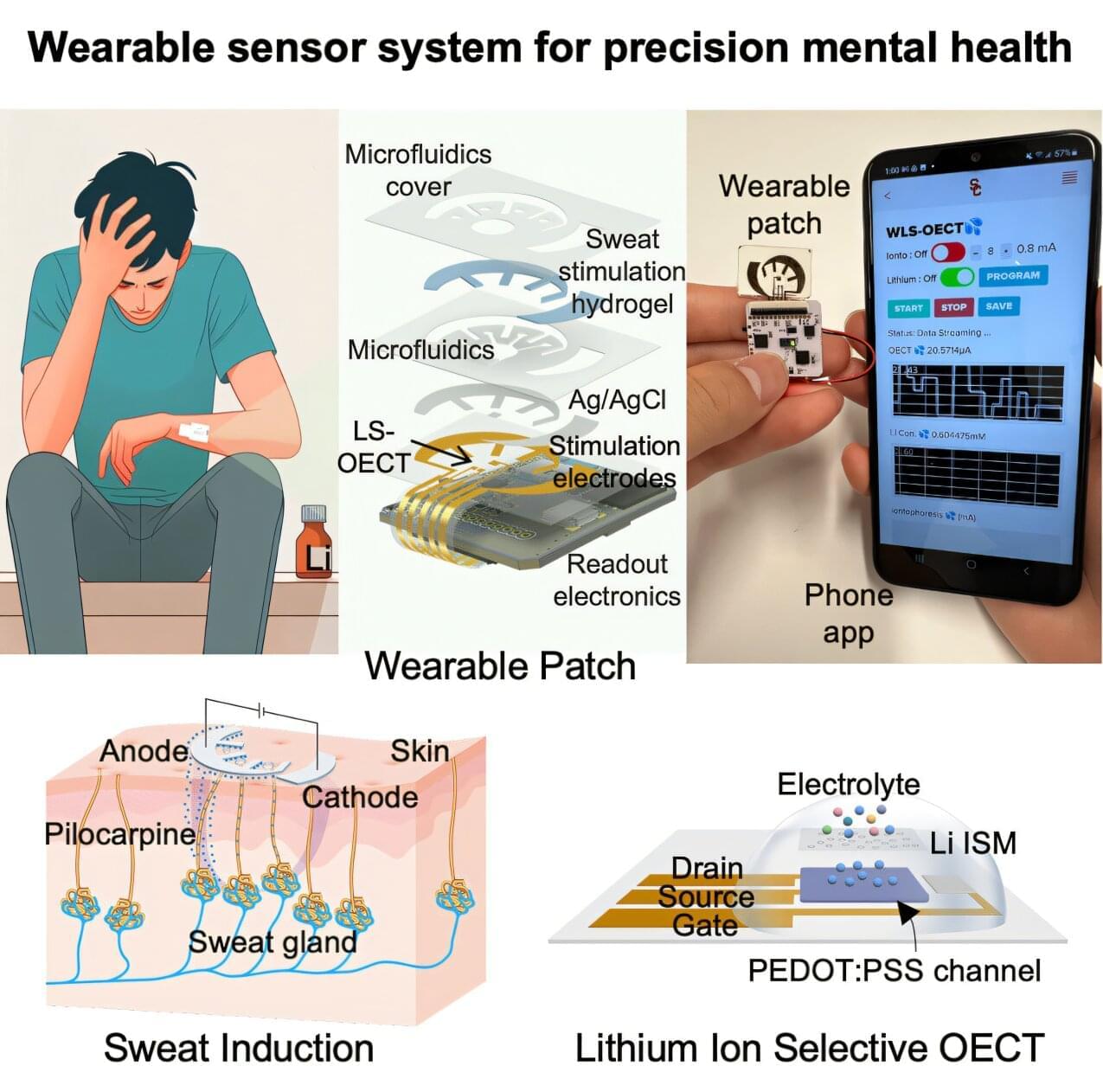Extrachromosomal DNA in cancer.
This review discusses open questions on the evolutionary role of extrachromosomal DNA (ecDNA) in tumor development, including tumorigenesis and metastatic seeding.
The author discuss the mutational landscape on ecDNA, the dynamic ecDNA genotype– phenotype map, the structural evolution of ecDNA, and how knowledge of tissue-specific ecDNA evolutionary paths can be leveraged to deliver more effective clinical treatment.
They also describe how evolutionary theoretical modeling will be instrumental in advancing new research in the field, and we explore how modeling has contributed to our understanding of the evolutionary principles governing ecDNA dynamics.
https://www.cell.com/trends/cancer/fulltext/S2405-8033(25)00146-3 https://sciencemission.com/Extrachromosomal-DNA
Cancers are complex, diverse, and elusive, with extrachromosomal DNA (ecDNA) recently emerging as a crucial player in driving the evolution of about 20% of all tumors. In this review we discuss open questions concerning the evolutionary role of ecDNA in tumor development, including tumorigenesis and metastatic seeding, the mutational landscape on ecDNA, the dynamic ecDNA genotype–phenotype map, the structural evolution of ecDNA, and how knowledge of tissue-specific ecDNA evolutionary paths can be leveraged to deliver more effective clinical treatment. Looking forward, evolutionary theoretical modeling will be instrumental in advancing new research in the field, and we explore how modeling has contributed to our understanding of the evolutionary principles governing ecDNA dynamics.








